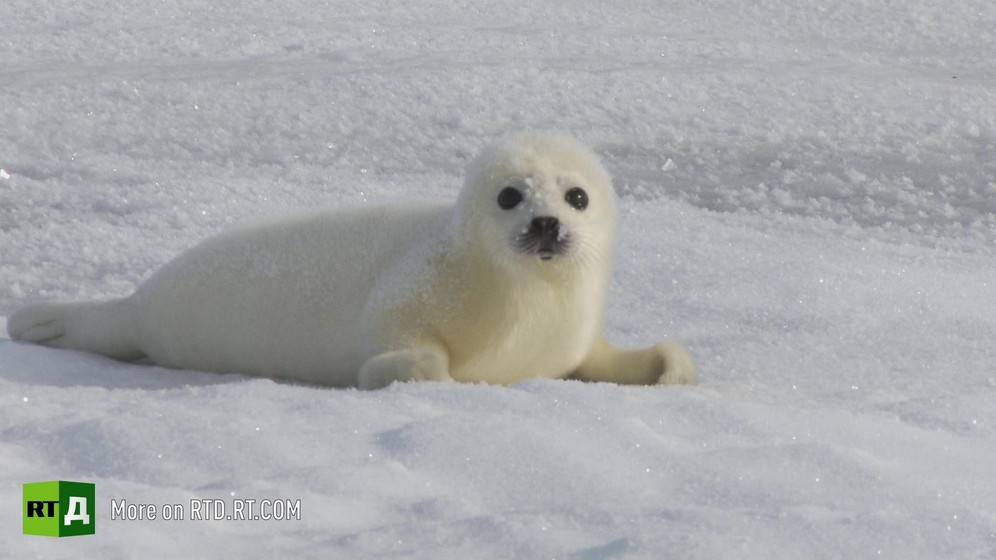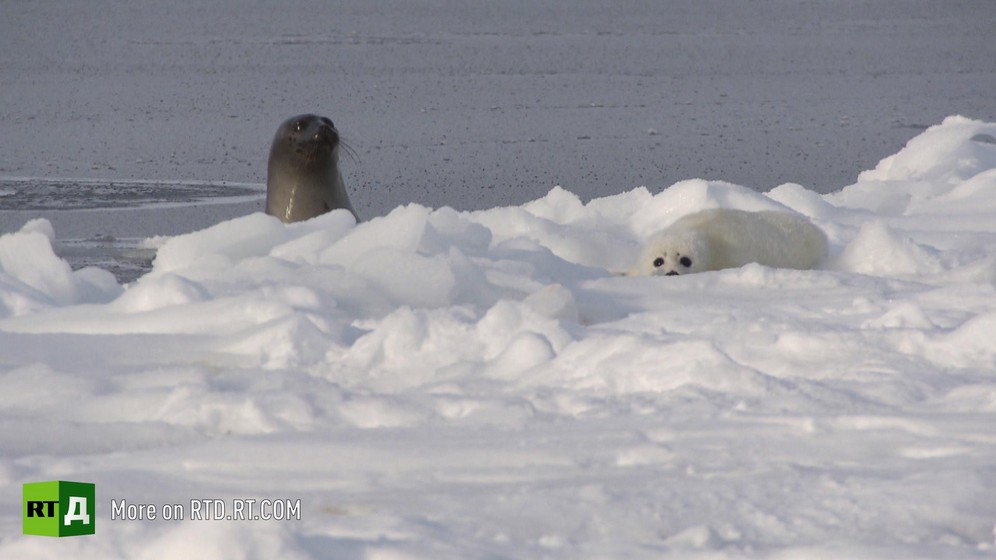Ban on harp seal hunting: an end to brutality or harming traditional hunters?
Harp seals are born right on the ice-fields of the White Sea. Their large black eyes, round wet nose and shiny snow-white fur, make harp seal pups one of the world's most adorable animals. They squeal and cry just like human babies and are known as whitecoats. Their pure white fur turns grey after two to three weeks.

Until 2009, March every year saw ice floes full of harp seal kindergartens turned red from the gore of slaughter. Harp seals, both cubs and adults, were shot or clubbed to death on a massive scale for their skin, fur and seal blubber.
When the government finally passed a law banning harp seal hunting of pups younger than a year, animal rights activists welcomed the move. But Russian Pomors inhabiting the White Sea coast say the ban has deprived them of their primary source of income and that the seals now eat all the fish.

RTD joins a group of tourists travelling to the Arctic to meet the whitecoats and delve deeper into what the ban on harp seal hunting means for their population, as well as local hunters.